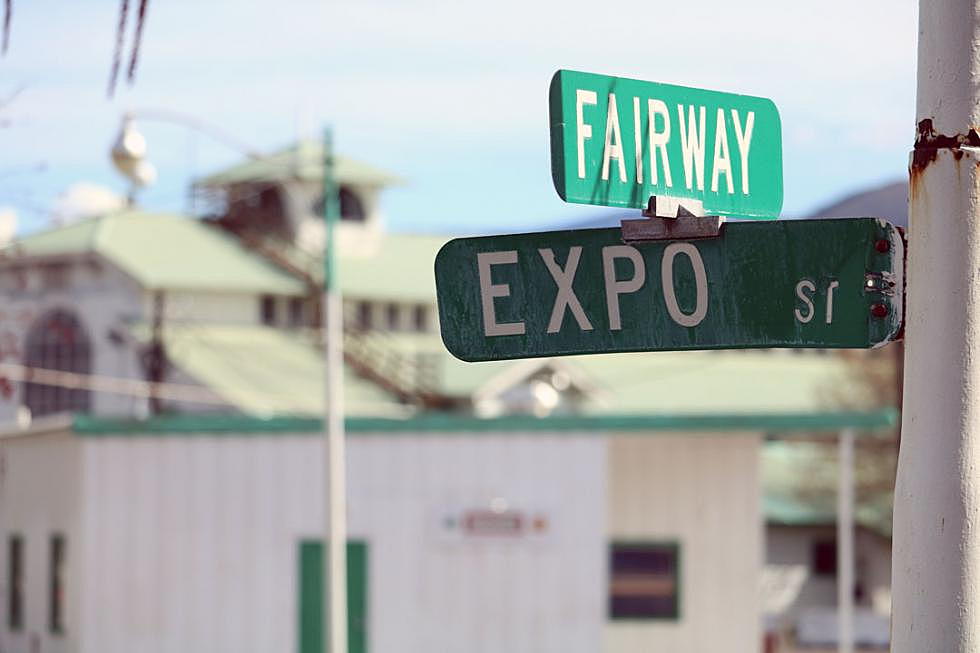
With support, Missoula County approves special improvement district for fairgrounds
After months of consideration, Missoula County Commissioners on Thursday unanimously adopted a resolution stating their intent to create a special improvement district for the county fairgrounds.
The move will enable the county to bond around $19 million in improvements and pay it back over a 20-year period using funding generated from three mills levied by commissioners during last year's budgeting process.
Those three mills will be combined with an existing, ongoing half mill allocated to the county Weed District and an existing, ongoing half mill for the county extension office.
“This ongoing millage will be used to to pay the cost of the special district,” said Emily Brock Bentley, director of the fairgrounds. “These mills are already on the tax bills of Missoula County residents. No additional tax increase is associated with the creation of this special district today.”
The county levied the three mills to the fairgrounds last year, generating roughly $650,000 per year. By creating the district, the fairgrounds can launch most of the improvements planned in Phase 1 at one time and avoid spreading the work out over 20 years.
But even with the special district, Phase 1 still has an estimated $4 million funding gap. The new special district will cover $1.4 million in utility work and several million dollars to renovate old buildings. Around $640,000 is dedicated to building a maintenance shop, $1.1 million for new concessions, and $1.4 million for site grading in preparation for future projects.
The funding does not include a new ice facility, rodeo arena, events center or livestock arena. Those projects are slated for future phases and will require deep contributions from user groups.
Bentley said the county is hoping the city will contribute to other Phase 1 funding gaps, including perimeter landscaping, entrance improvements and trails.
“This doesn't build a new rodeo arena,” Bentley said. “It doesn't build a new livestock center or new ice rinks. What it does do is take care of what we have.”
While the county contends that the special improvement district comes with no tax increase, several residents at Thursday's meeting said that was misleading. The county did, in fact, levy three mills last year to pay for the improvements.
That tax increase appeared on property bills this year. In all, the three mills levied by commissioners last year cost taxpayers an average of $10.15 annually. In all, the average taxpayer is paying around $13.50 a year for fairgrounds redevelopment.
“You have a special district that has non-taxable property in it that's going to be assessed by the state, I guess, as a courtesy, as if it were private property,” said one man who identified himself as Rocky. “You'll get a valuation and you, the commissioners, will assess yourselves the property that you own – the sole property in that district – and you'll derive some sort of a payment from it.
“The point is, the argument is being made that we won't see a tax increase,” he added. “We already have a tax increase for this fair proposal, it just didn't happen in the context of the special district.”
Others suggested any future increase in levies should go to a popular vote, though commissioners noted that state law allows them to levy mills under a regulated cap without a public vote. Rather, they said, the public vote occurs each November at the polls.
Commissioner Cola Rowley agreed that government financing can be complicated and often misunderstood, though she stood by the project, calling it the most appropriate and transparent way to tackle long-needed renovations at the fairgrounds.
Advocates say the special improvement district will enable taxpayers to look at the county budget, see the amounts being assessed and the funding allocated to each particular project within the fairgrounds district.
“It's unfortunate that government budgeting and financing is so complicated,” Rowley said. “This is the simplest and most elegant solution, and I think it's really creative. It's allowing us to do amazing things.”
While some suggested the county was playing a shell-game with the tax-no-tax approach to the improvements, most in attendance Thursday praised the special improvement district and the planned upgrades, calling them long overdue.
Supporters included nearby residents and members of the Missoula Midtown Association.
“We want to see some activity out here, some construction,” said Mark Bellon, president of the association. “As an organization, we see tremendous economic benefit. There's a lot of synergy going on throughout the district.”
The fairgrounds has sat in a state of disrepair for years, though under Bentley's direction, it has begun to show signs of life. Fair attendance increased last year after admission was waved, and efforts to cater to a wider, more diverse audience is taking shape.
While plans for the property have been years in the making, they're expected to make their public unveiling in the coming weeks. Ground breaking is expected this spring, Bentley said.
“Next month, we'll release design guidelines with a schematic plan,” Bentley said. “Rather than spend the mills as cash one year at a time, it's most cost effective to finance or borrow for redevelopment and construct as much as possible, as quickly as possible.”
